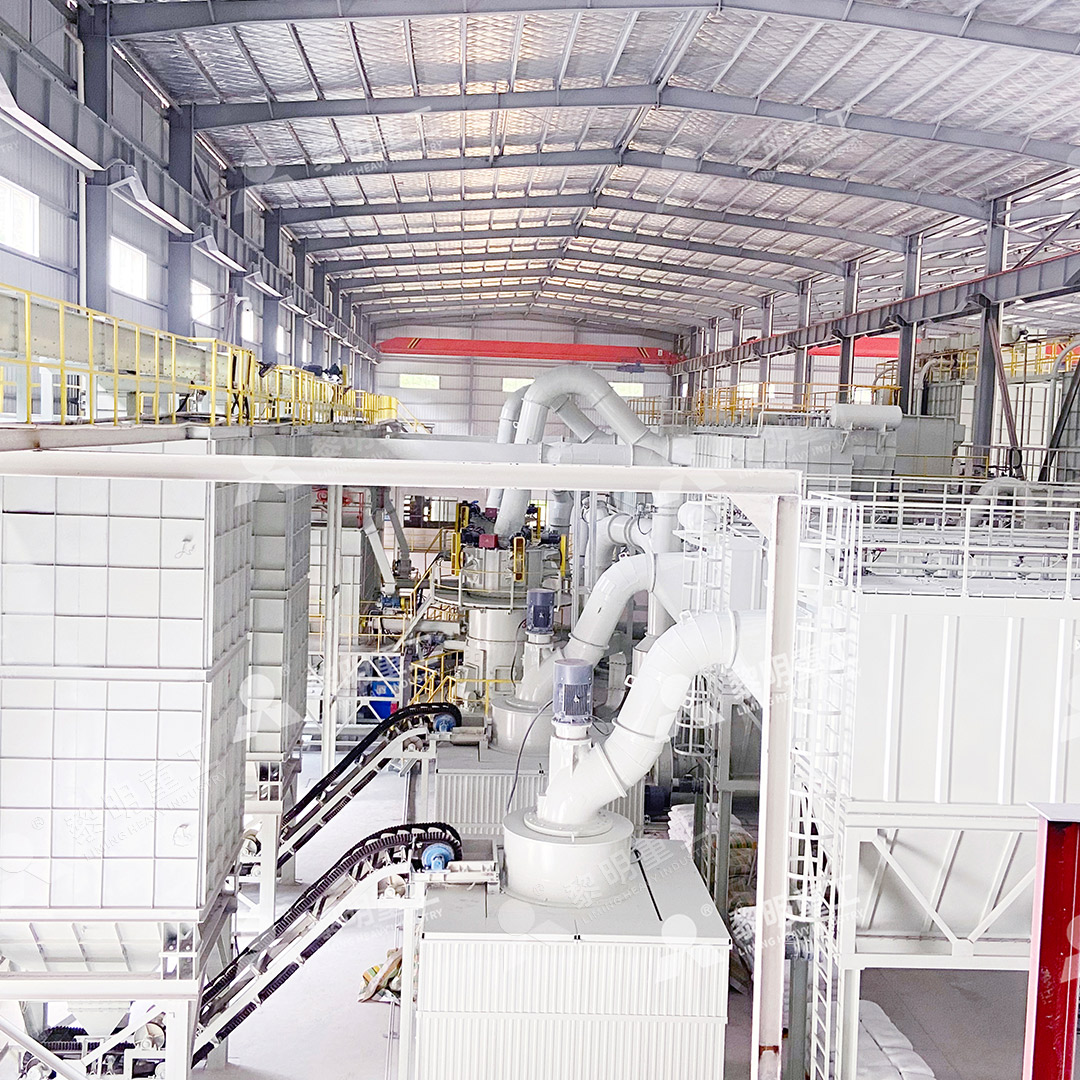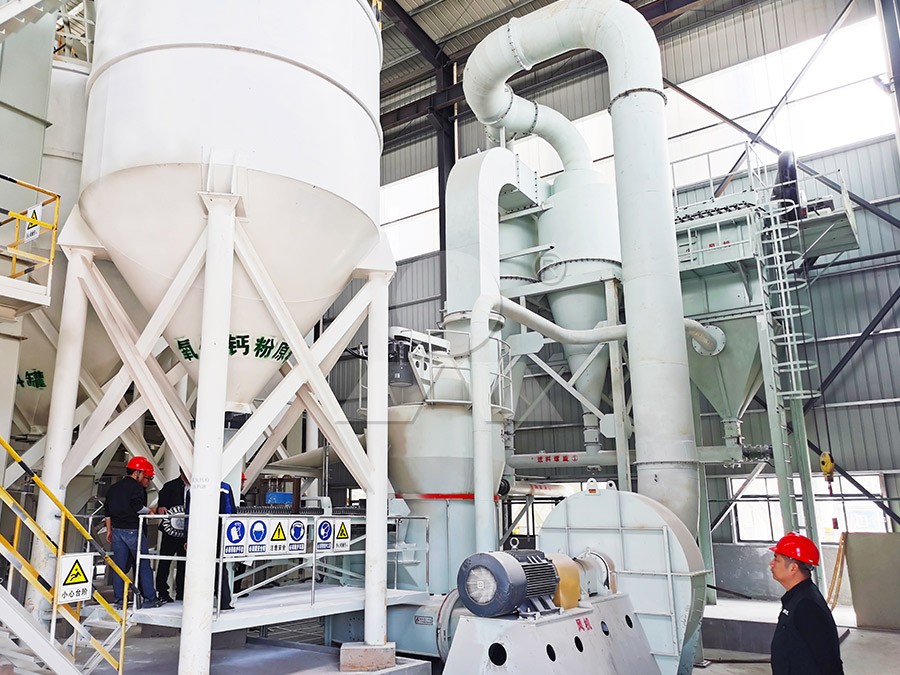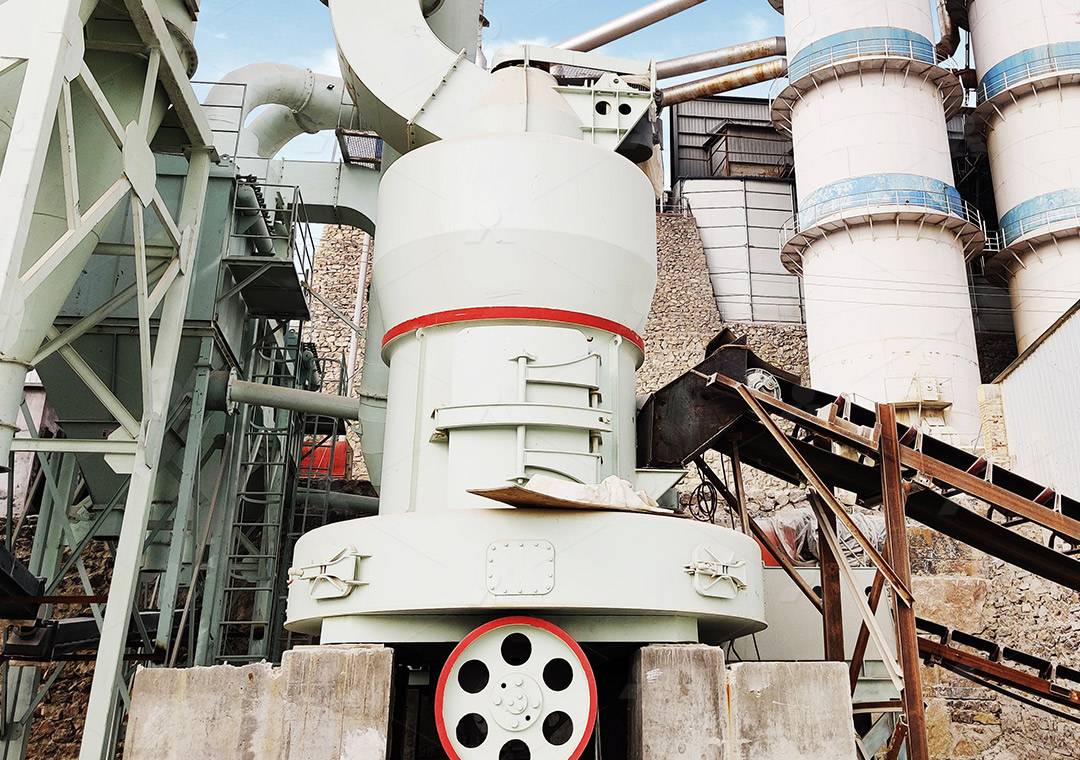High Efficiency Spinel Grinding Mill for Fine Powder Production
High Efficiency Spinel Grinding Mill for Fine Powder Production
In today’s competitive industrial landscape, achieving consistent fine powder production with optimal efficiency represents a significant challenge for many processing operations. The selection of appropriate grinding equipment directly impacts product quality, operational costs, and environmental compliance. Modern grinding technology has evolved considerably from traditional ball mills to sophisticated systems capable of producing ultra-fine powders with remarkable precision.
The fundamental challenge in fine powder production lies in balancing energy consumption with output quality. Traditional grinding methods often suffer from excessive heat generation, contamination risks, and inconsistent particle size distribution. These limitations have driven the development of advanced grinding solutions that address these concerns while maintaining operational reliability.

Advanced Grinding Technology for Superior Results
Modern grinding mills incorporate several technological innovations that distinguish them from conventional equipment. The integration of precision engineering with intelligent control systems has revolutionized powder production across various industries. One notable advancement is the implementation of specialized grinding curves in roller and ring designs, which significantly enhance grinding efficiency while reducing energy requirements.
For operations requiring ultra-fine powder production between 325-2500 meshes, the MW Ultrafine Grinding Mill represents a technological breakthrough. This equipment features a cage-type powder selector utilizing German technology, ensuring precise powder separation with screening rates achieving d97≤5μm in a single pass. With an input size capacity of 0-20 mm and throughput ranging from 0.5-25 tph, this mill delivers exceptional performance for materials including limestone, calcite, dolomite, and various industrial minerals.
The engineering design eliminates rolling bearings and screws within the grinding chamber, addressing common failure points in traditional mills. This innovative approach prevents damage to bearing components and eliminates machine failures caused by loose fasteners. External lubrication systems enable continuous 24-hour operation without shutdowns for maintenance.
Environmental Considerations in Modern Grinding Operations
Contemporary industrial operations face increasing pressure to minimize environmental impact while maintaining production efficiency. Modern grinding mills address these concerns through integrated dust collection and noise reduction systems. The incorporation of efficient pulse dust collectors ensures minimal dust emissions during operation, while specialized mufflers and noise elimination chambers reduce acoustic pollution.
These environmental safeguards are particularly important when processing materials for sensitive applications such as cosmetics, pharmaceuticals, and food additives. The complete production system operates in compliance with national environmental protection standards, providing operators with confidence in their regulatory compliance.

Operational Efficiency and Maintenance Considerations
The economic viability of grinding operations depends significantly on maintenance requirements and operational reliability. Advanced grinding systems incorporate features that reduce downtime and simplify maintenance procedures. Digital processing techniques using numerically controlled machine tools ensure high precision manufacturing, particularly for core components that experience significant wear.
For operations requiring vertical grinding solutions, the LUM Ultrafine Vertical Grinding Mill offers distinctive advantages. With an input size of 0-10 mm and capacity ranging from 5-18 tph, this mill integrates ultrafine powder grinding, grading, and transporting in a single system. The unique roller shell and lining plate grinding curve design generates material layers more effectively, enabling high finished product rates through single-pass powder milling.
The implementation of double position-limiting technology provides operational stability by preventing destructive impacts between grinding components during machine vibration. This protection mechanism ensures consistent performance even under challenging operating conditions.
Application-Specific Solutions
Different industrial applications present unique challenges in powder production. The chemical industry requires consistent particle size distribution for uniform reactions, while construction materials demand specific surface area characteristics. Modern grinding mills accommodate these varied requirements through adjustable operating parameters and specialized configurations.
Processing non-metallic minerals presents particular challenges regarding product purity and contamination control. The absence of direct contact between grinding components in advanced mill designs minimizes iron introduction, preserving material whiteness and chemical characteristics. This feature proves especially valuable when processing materials for premium applications where product purity directly influences market value.

Frequently Asked Questions
What distinguishes modern grinding mills from traditional ball mills?
Modern grinding mills incorporate advanced features such as specialized grinding curves, precision powder separation systems, and environmental controls that significantly outperform traditional ball mills in efficiency, energy consumption, and product quality consistency.
How does the MW Ultrafine Grinding Mill achieve its high efficiency?
The MW Mill utilizes newly designed grinding curves of grinding roller and grinding ring that enhance grinding efficiency. With the same fineness and power, production capacity is 40% higher than jet grinding mills and twice that of ball grinding mills, while system energy consumption is only 30% of jet grinding mills.
What maintenance advantages do these grinding systems offer?
Advanced designs eliminate common failure points such as internal bearings and screws. External lubrication systems enable maintenance without shutdown, and reversible structures allow easy access to grinding components for inspection and replacement, significantly reducing downtime.
How do these mills address environmental concerns?
Integrated pulse dust collectors prevent dust pollution during operation, while silencers and noise elimination rooms reduce acoustic impact. The systems operate under negative pressure to contain materials and comply with stringent environmental standards.
What materials can be processed using these grinding systems?
These mills effectively process various materials including limestone, calcite, dolomite, petroleum coal, gypsum, barite, marble, talc, and coal powder. They serve diverse industries from chemicals and paints to cosmetics, medicine, and food additives.
